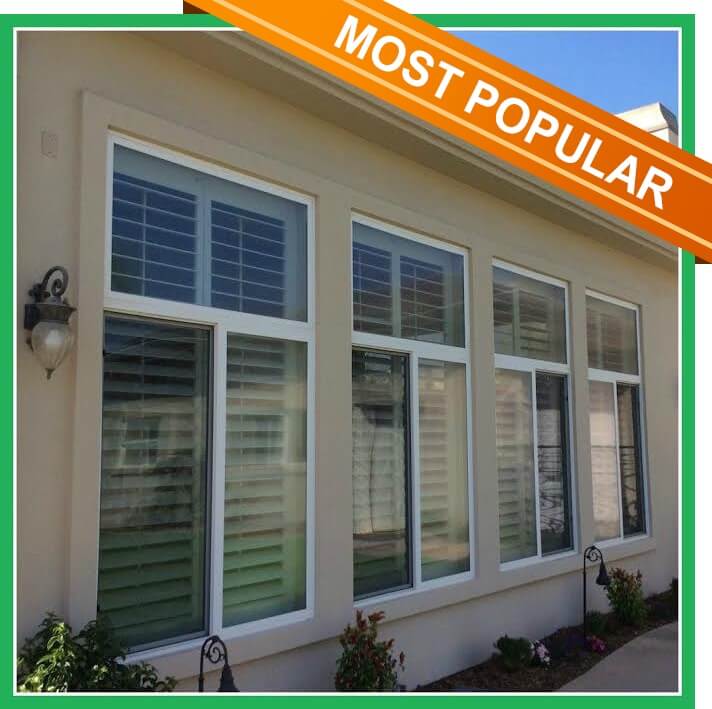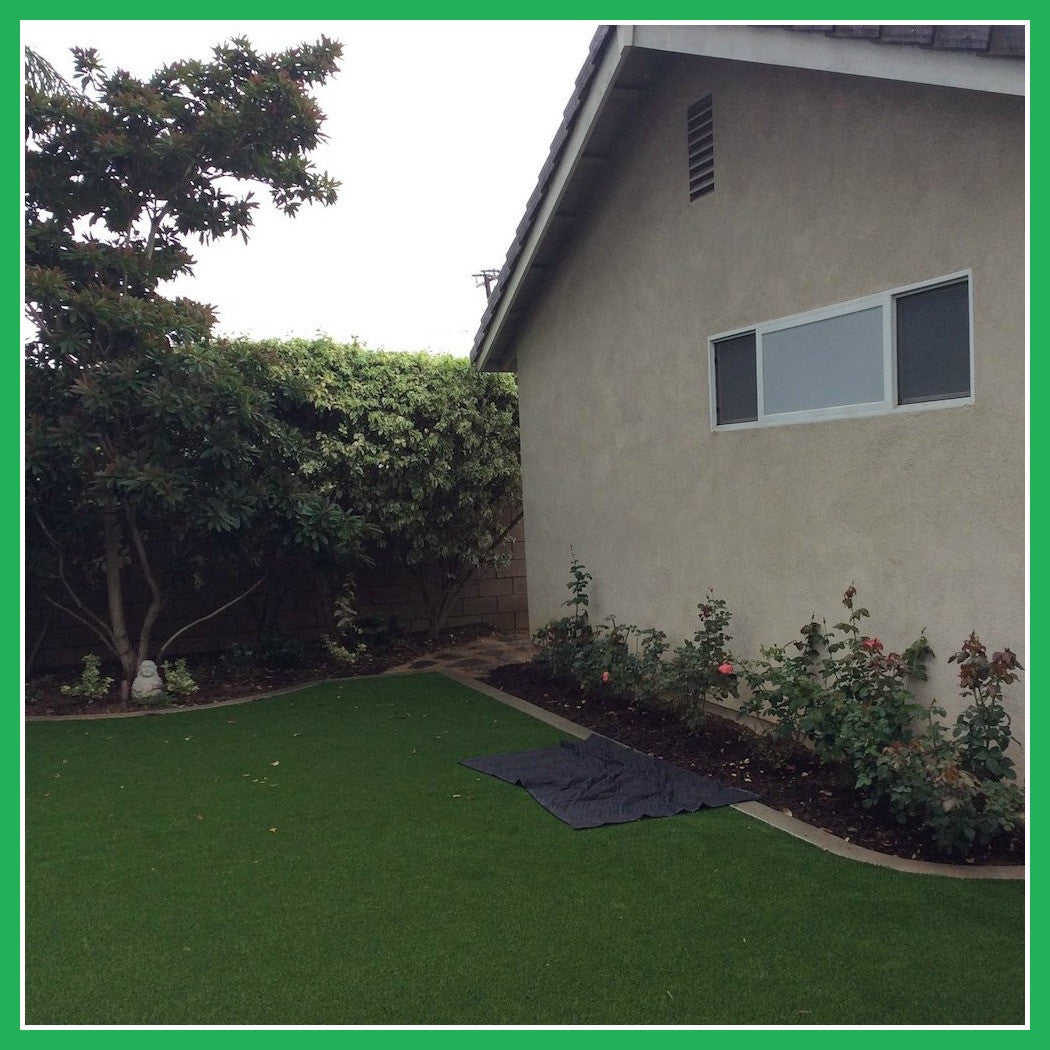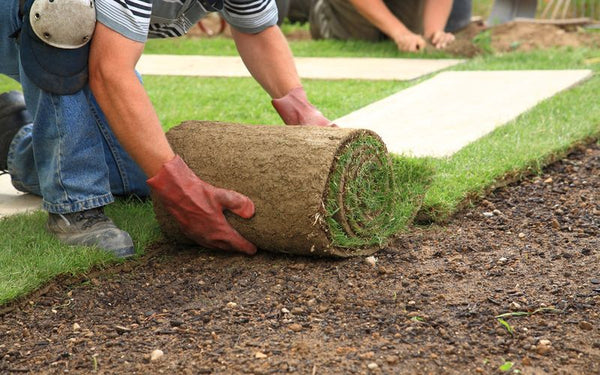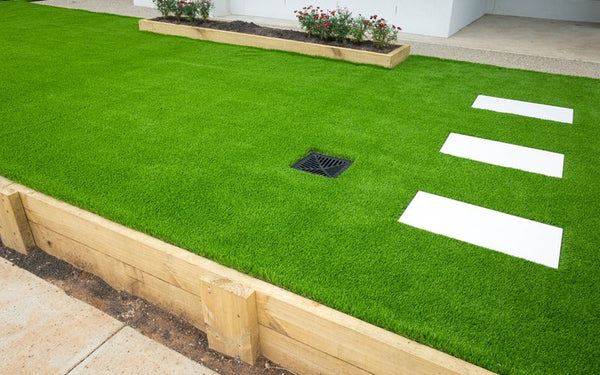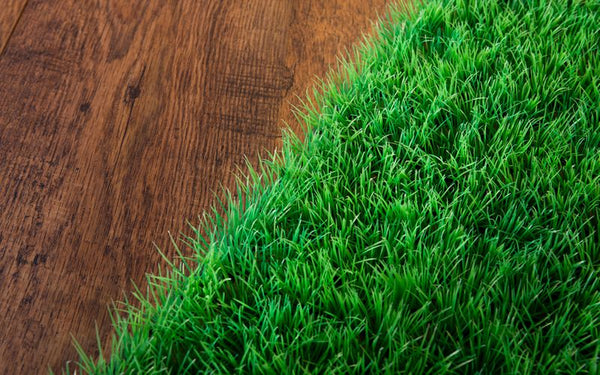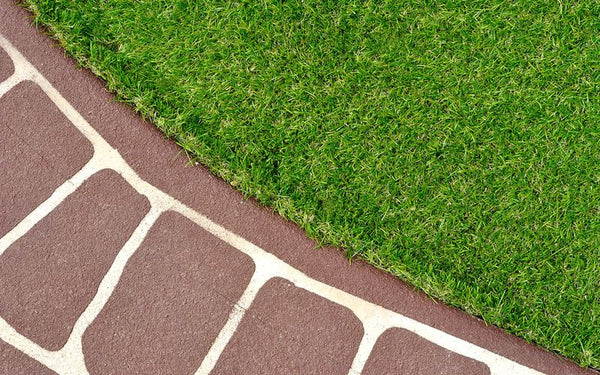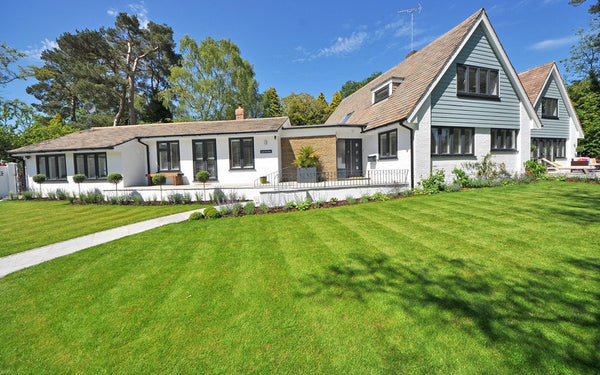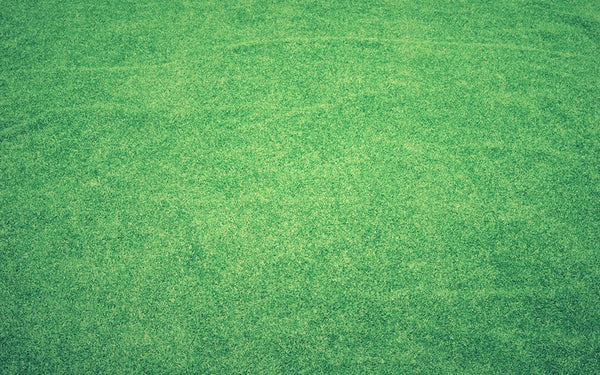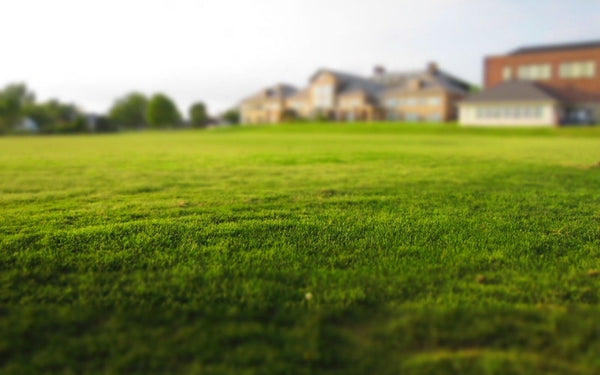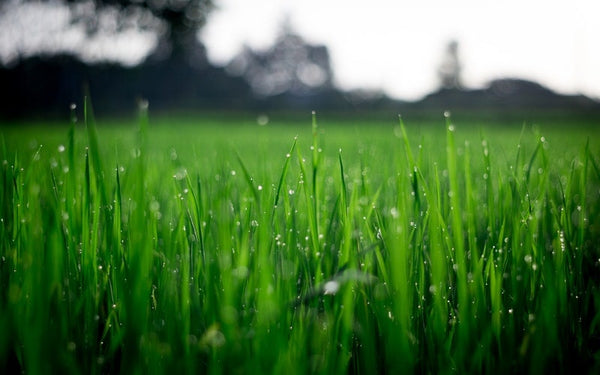Artificial grass or synthetic turf can provide an excellent and permanent beauty in any home exterior. Many homeowners are choosing synthetic turf because it requires minimal care and maintenance. Yet, problems like melting due to heat are alarming.
Direct sunlight is the most common source of heat that affects grass. Moreover, window reflection can contribute to this dilemma. The reflection bounces back to the turf or any surface without getting absorbed by the window or glass.
To discover the effect of window reflection, here are five (5) factors:
- A window does not absorb heat.
Windows, especially glass, does not absorb heat from direct sunlight. Thus, it reflects mainly on the surface adjacent to it. A window reflection can conduct heat when reflected on the synthetic field, it can cause burning and melting.
Discoloration usually happens as a sign of a window reflection. It is considered to be the first level of burning or melting.
- Window reflection can prolong heat.
A reflection coming from the window can prolong the heat or warmth on the affected area. Sunlight bouncing off the window glass can magnify and intensify the heat causing the lawn to burn or melt.
- Glass can trigger heat.
Given that a window reflection can magnify heat, glass windows are more likely to trigger more warmth. An artificial grass carries high melting point of up to 200 degrees yet a glass when bounced by direct sunlight can trigger more heat.
The reflection can amplify the sunlight passing through the window hence cause a burning or melting synthetic turf.
- A window just bounces off the sunlight.
Since windows are not heated conductors and manage to bounce off the sunlight, it can burn or melt the artificial lawn. It is suggested to have windows wrapped over a film to minimize or shred the reflection of the sun rays.
- Light has a fast reaction.
Sun rays also produce heat causing the artificial turf to burn or melt. During the peak hours of the day – 12 noon to 2 PM – sunlight is more harmful and heated. Sun reflection bounces from the window that intensifies the heat on the artificial lawn.
Exposing the synthetic turf to heat is one way of damaging it. Most windows are not heat- conductors thus window reflection can immensely burn and melt the synthetic grass. To maximize and prolong the quality of your turf, visit our website and know more about artificial turf care and maintenance, and other products available.

